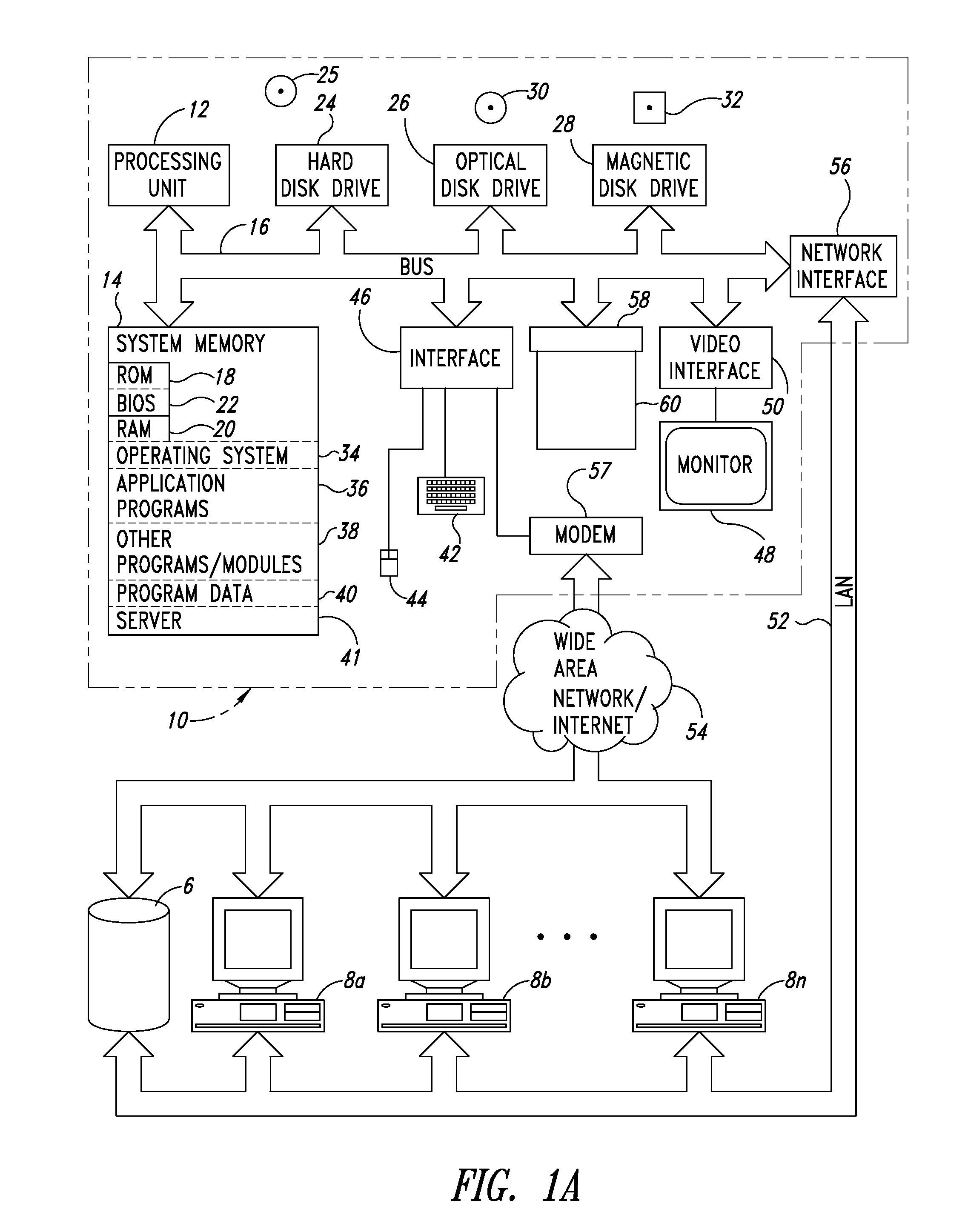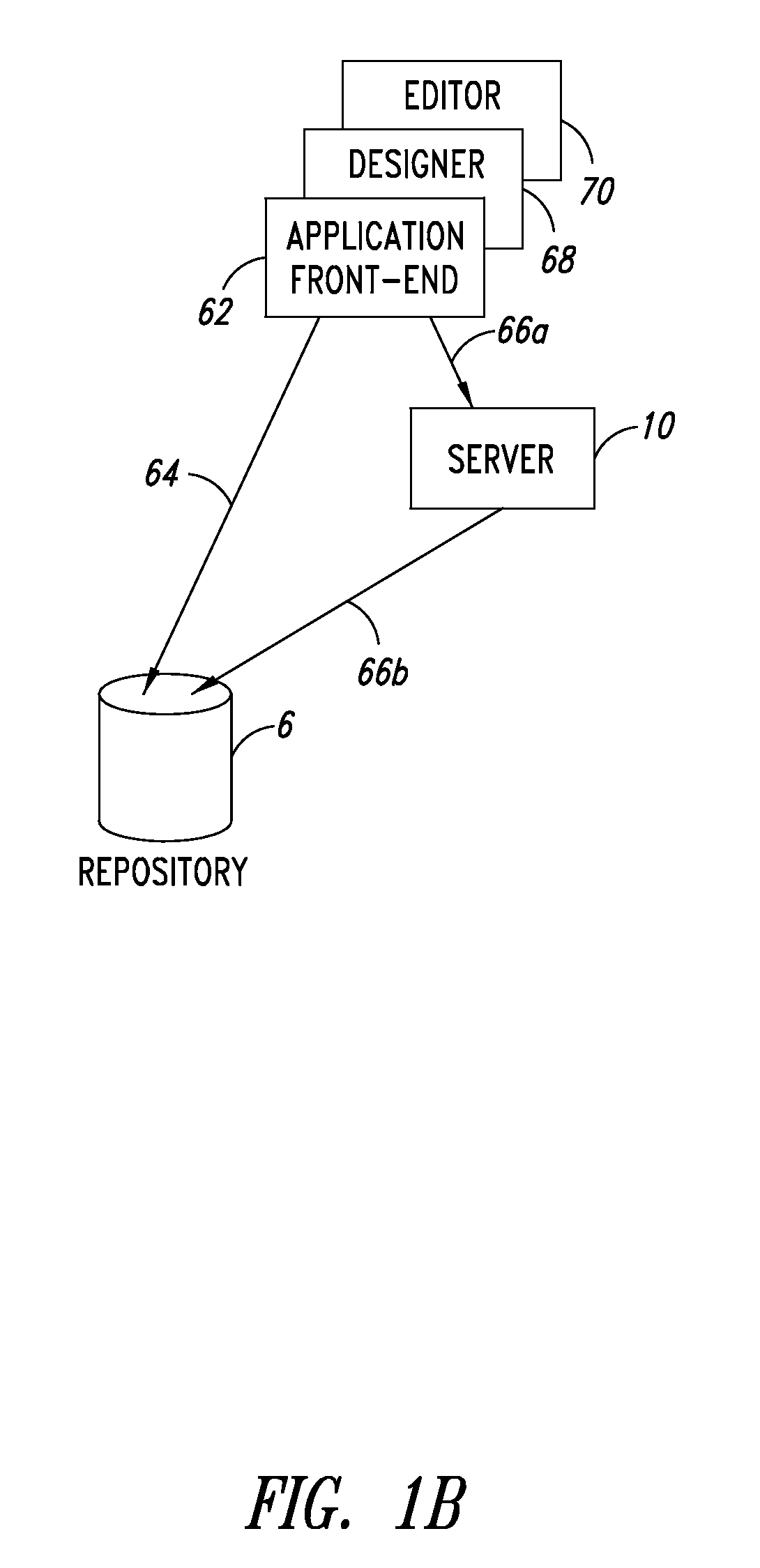Method for automating construction of the flow of data driven applications in an entity model
a data driven application and entity model technology, applied in the field of computer-implemented enterprise solution applications, can solve the problems of difficult implementation of rigid access rights structures, and affecting the design of data processing applications
- Summary
- Abstract
- Description
- Claims
- Application Information
AI Technical Summary
Benefits of technology
Problems solved by technology
Method used
Image
Examples
example 1
[0235] A reseller may have to provide a list of their actual customers. This list should be available to the reseller to edit. However, the reseller should never be able to access the customer list of other resellers or even an internal customer list.
example 2
[0236] A go-to-market partner (e.g., Attachmate and BEA) may very well be sharing a lead / opportunities portal that allows the two companies to work jointly on an opportunity or lead. As such, an Organizational Group could manage the interaction between the internal and third-party sales force, and ensure that proprietary customer lists are not exposed to the third-party.
example 3
[0237] An organization may decide to outsource its Contact Center Support to a third-party (e.g., Convergys, Teletech, etc) for lower tiered customers. The Organizational Groups could be used to segment out those lower tiered customers and make them available to the third-party contact center without exposing higher tiered customers.
PUM
 Login to View More
Login to View More Abstract
Description
Claims
Application Information
 Login to View More
Login to View More - R&D
- Intellectual Property
- Life Sciences
- Materials
- Tech Scout
- Unparalleled Data Quality
- Higher Quality Content
- 60% Fewer Hallucinations
Browse by: Latest US Patents, China's latest patents, Technical Efficacy Thesaurus, Application Domain, Technology Topic, Popular Technical Reports.
© 2025 PatSnap. All rights reserved.Legal|Privacy policy|Modern Slavery Act Transparency Statement|Sitemap|About US| Contact US: help@patsnap.com



